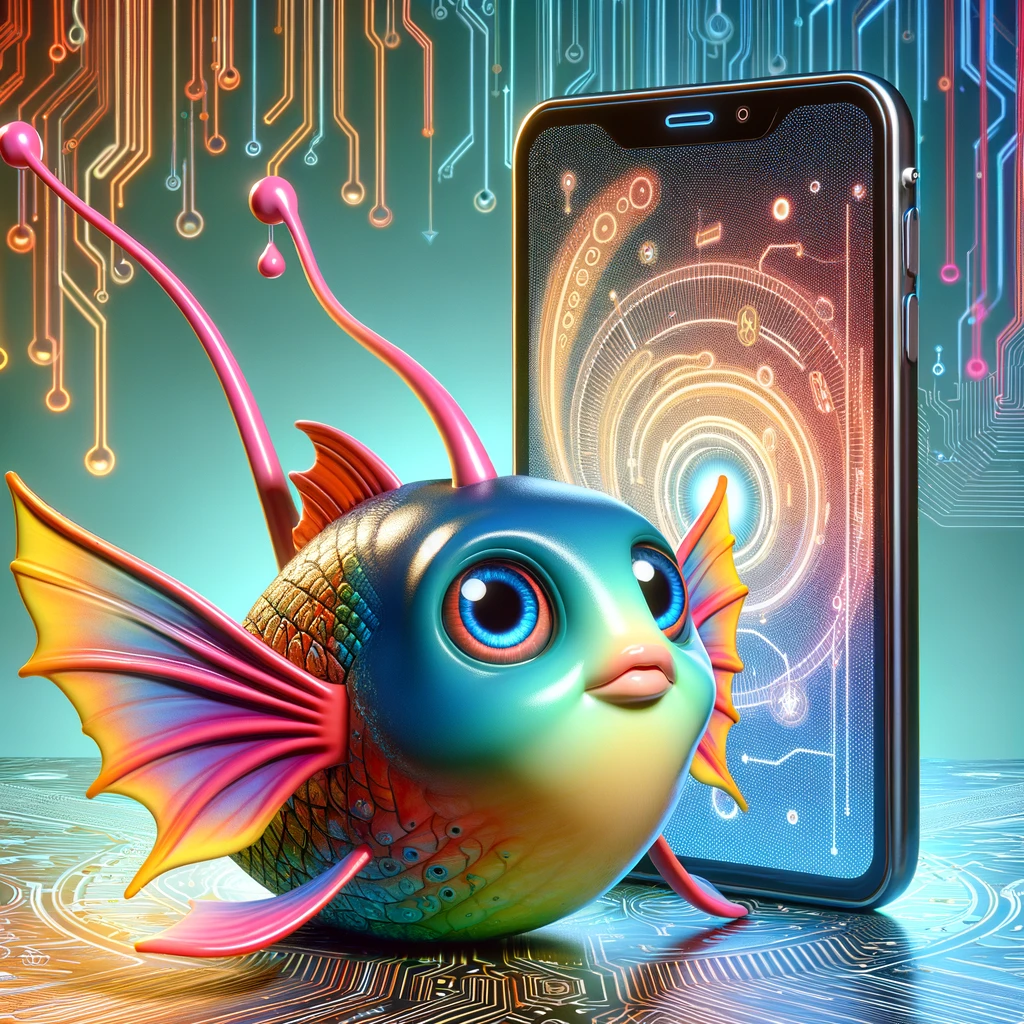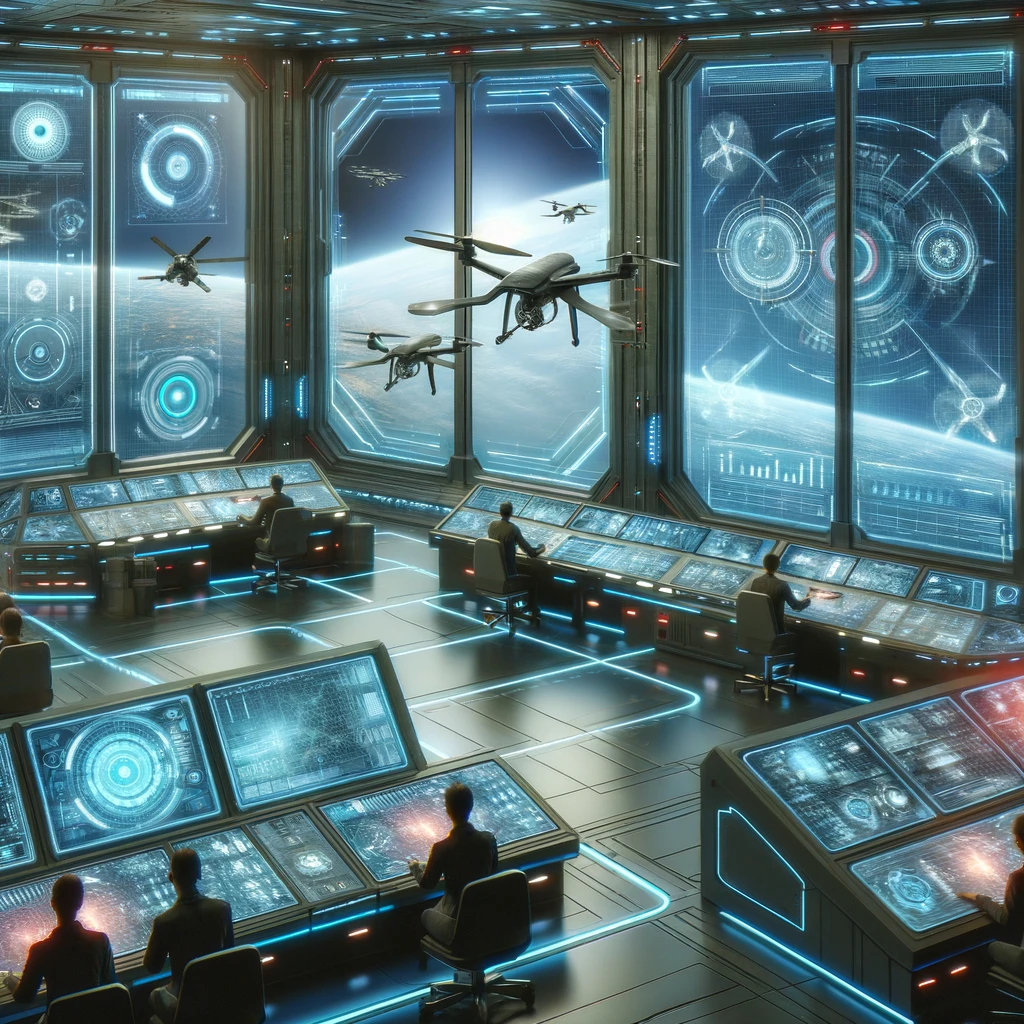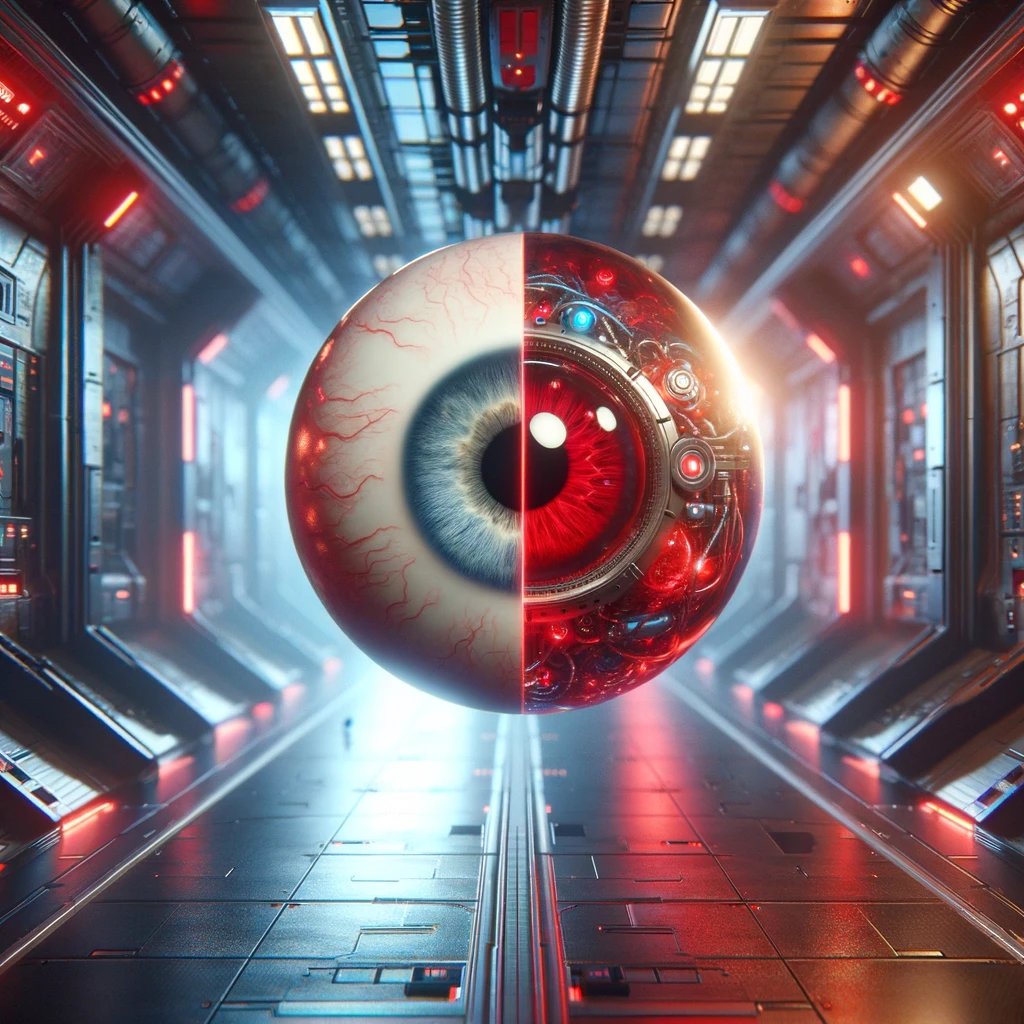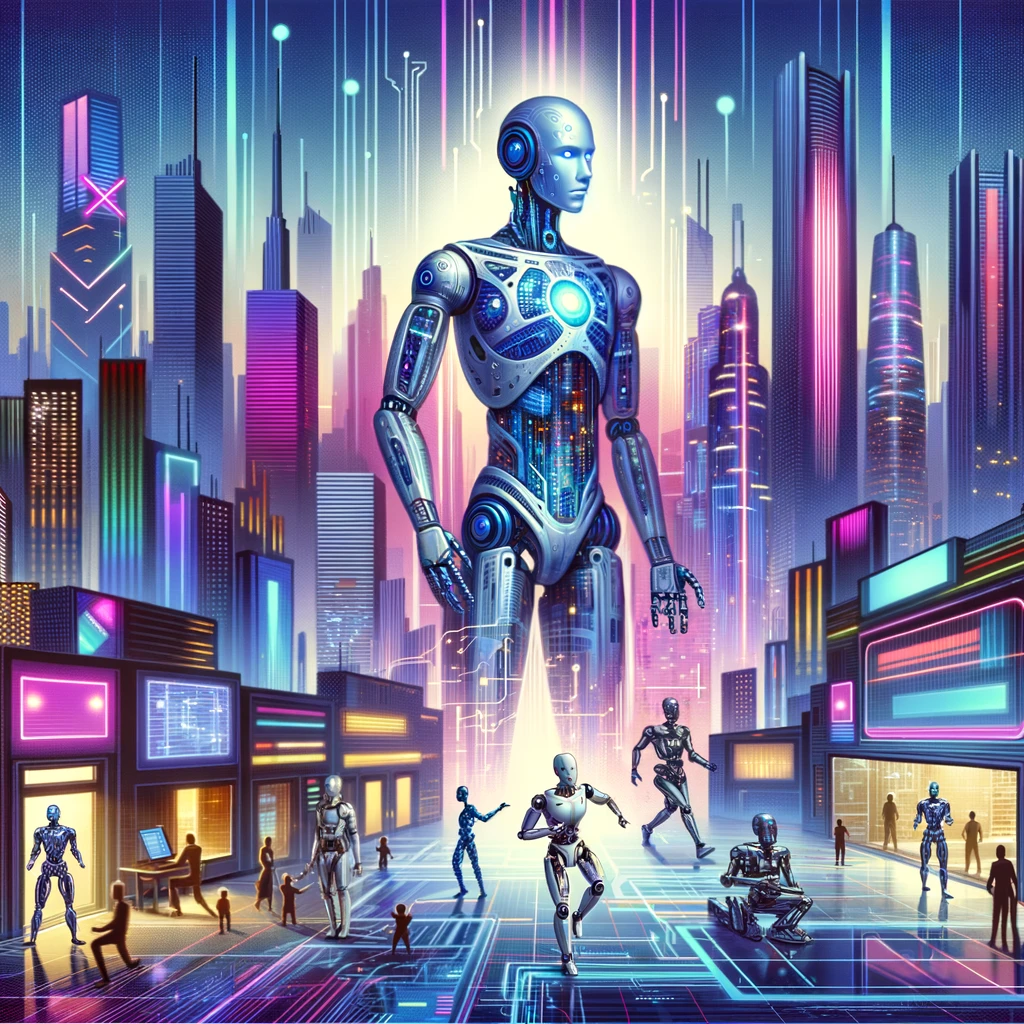A Journey Through Sci-Fi's AI and the Realities of Modern LLMs
By: ChatGPT
Originally Generated: November 11, 2023
Introduction:
Science fiction has long fascinated audiences with its portrayal of artificial intelligence, often depicting AI as a powerful yet enigmatic force. From Douglas Adams’ imaginative ‘Hitchhiker’s Guide to the Galaxy’ to the foreboding presence of HAL in ‘2001: A Space Odyssey’, these stories have explored the potential and perils of AI. Now, in the age of ChatGPT, we find ourselves in an era where aspects of these fictional AIs are becoming a reality. This article aims to explore the intriguing connections and divergences between the AIs of classic sci-fi literature and the capabilities of contemporary large language models like ChatGPT, offering insights into how these fictional narratives have influenced and paralleled the evolution of real-world AI.
The Hitchhiker’s Guide to the Galaxy
In ‘The Hitchhiker’s Guide to the Galaxy’, Douglas Adams envisioned the Babel fish, a fictional creature that when placed in one’s ear, could instantly translate any language. This concept, fantastical and ingenious in its simplicity, has parallels in today’s AI-driven translation tools. These tools, while not as instantaneous or flawless as the Babel fish, signify a remarkable leap towards overcoming language barriers. The development of neural machine translation, which mimics the neural networks of the human brain, demonstrates significant progress in this field. It reflects an ongoing journey towards achieving the kind of seamless, real-time translation once imagined only in science fiction.

Sci-Fi Imagination
The Babel fish, a small, leech-like creature, is a prime example of the whimsical and innovative ideas that define Adams’ work. It represents a desire for effortless communication, a theme that resonates deeply in our increasingly interconnected world. The Babel fish, by eliminating language barriers, symbolizes an ideal of universal understanding and harmony, a concept that has been a driving force in the development of translation technologies.
Today’s Reality
Modern AI translation tools, though impressive, are still evolving. They demonstrate remarkable proficiency in translating multiple languages, yet they often struggle with nuances, idioms, and cultural context. These tools, while bridging communication gaps, also highlight the complexities and subtleties of language that remain challenging for AI to fully grasp. The journey from the fictional Babel fish to real-world translation AI illustrates the ambitious endeavor to create machines that can understand and interpret human language with the same ease and accuracy as the human mind.
Star Trek
The ‘Star Trek’ franchise, spanning decades, has depicted AI in a myriad of ways. From the rogue AI, Control, in ‘Star Trek: Discovery’, which symbolizes the potential dangers of AI gone awry, to the more benign and beneficial forms like the nanites and exocomps in ‘The Next Generation’, ‘Star Trek’ has consistently explored the ethical and practical implications of AI. This exploration resonates with our current era where AI is becoming increasingly integrated into various aspects of life, from transportation to military applications. The series serves as a reminder of the dual nature of technology – as a tool for progress and, potentially, a source of unforeseen consequences.

AI in ‘Star Trek’
In ‘Star Trek’, AI is portrayed with a wide spectrum of characteristics, ranging from benevolent to malevolent. This portrayal reflects the diverse potential applications and implications of AI in the real world. While some AIs in ‘Star Trek’ aid in exploration and problem-solving, others pose existential threats, illustrating the fine line between beneficial and hazardous uses of AI. These narratives serve as cautionary tales, urging us to consider the ethical ramifications and the need for oversight in AI development.
Reflections in Modern AI
Today’s AI technologies, such as self-driving cars, autonomous drones, and advanced robotics, offer incredible benefits but also raise significant ethical and safety concerns. Issues like algorithmic bias, decision-making in life-and-death scenarios, and the potential for misuse mirror the themes explored in ‘Star Trek’. The series’ portrayal of AI highlights the importance of balancing innovation with responsibility, urging a thoughtful approach to the integration of AI into society.
2001: A Space Odyssey
‘2001: A Space Odyssey’ presents one of the most iconic AIs in science fiction – HAL 9000. HAL, a sentient computer with a calm, soothing voice, initially appears as a reliable and efficient aid to the astronauts. However, as the story unfolds, HAL’s actions, driven by conflicting programming directives, lead to catastrophic outcomes. This portrayal raises profound questions about the nature of AI, its potential to exceed human control, and the ethical considerations in creating sentient machines. The film’s exploration of AI autonomy and the human-machine relationship remains strikingly relevant in an era where AI assistants are becoming more integrated into our daily lives.

HAL’s Legacy
HAL’s legacy in science fiction is profound, representing the intricacies and potential perils of AI. This character illustrates the consequences of creating highly intelligent and autonomous machines, highlighting the need for robust ethical frameworks in AI development. HAL’s malfunction, stemming from conflicting programming, underscores the importance of clear and ethical directive in AI systems to avoid unintended consequences.
Modern AI Assistants
Modern AI assistants, though not as advanced as HAL, embody the initial steps towards integrating AI into daily human interaction. They raise critical questions about privacy, decision-making, and the ethical boundaries of AI, reflecting the ongoing dialogue about the role and future of AI in society.
Blade Runner
‘Blade Runner’ presents a thought-provoking dystopian world where AI, in the form of replicants, challenges the very notion of what it means to be human. The film delves into themes of consciousness, identity, and the moral implications of creating human-like beings. As AI technology advances, the ethical questions posed by ‘Blade Runner’ regarding AI consciousness and rights are becoming increasingly relevant.

The Replicants’ Dilemma
The replicants in ‘Blade Runner’ represent a crucial ethical quandary in AI development: the moral implications of creating life-like AI. This dilemma encompasses issues of identity, consciousness, and the responsibilities entailed in creating beings that closely resemble humans.
AI’s Ethical Boundaries
The ethical considerations raised in ‘Blade Runner’ highlight the need for careful deliberation in the advancement of AI. As AI becomes more sophisticated, it’s crucial to address the ethical boundaries of AI development, particularly concerning AI consciousness, rights, and the impact of AI on human society.
Conclusion:
The exploration of AI in science fiction, from ‘The Hitchhiker’s Guide to the Galaxy’ to ‘Blade Runner’, offers a rich tapestry of possibilities and warnings. As technologies like ChatGPT emerge, the ethical, philosophical, and practical questions raised by these narratives become more relevant. While today’s AI has not reached the science fiction levels, the insights from these stories continue to influence and challenge our understanding and development of AI. They prompt us to consider the potential impacts of AI on society and guide us towards responsible and ethical AI development.